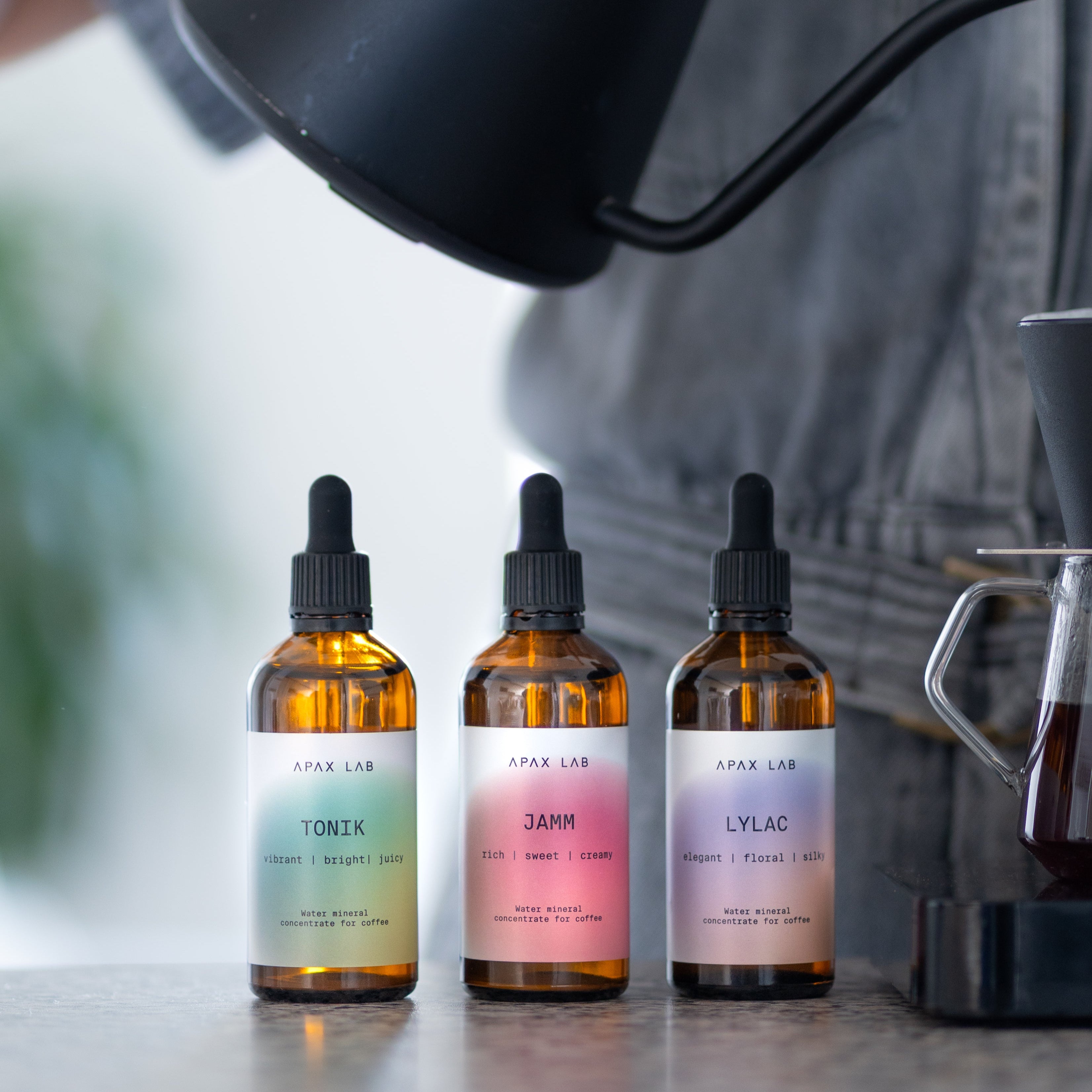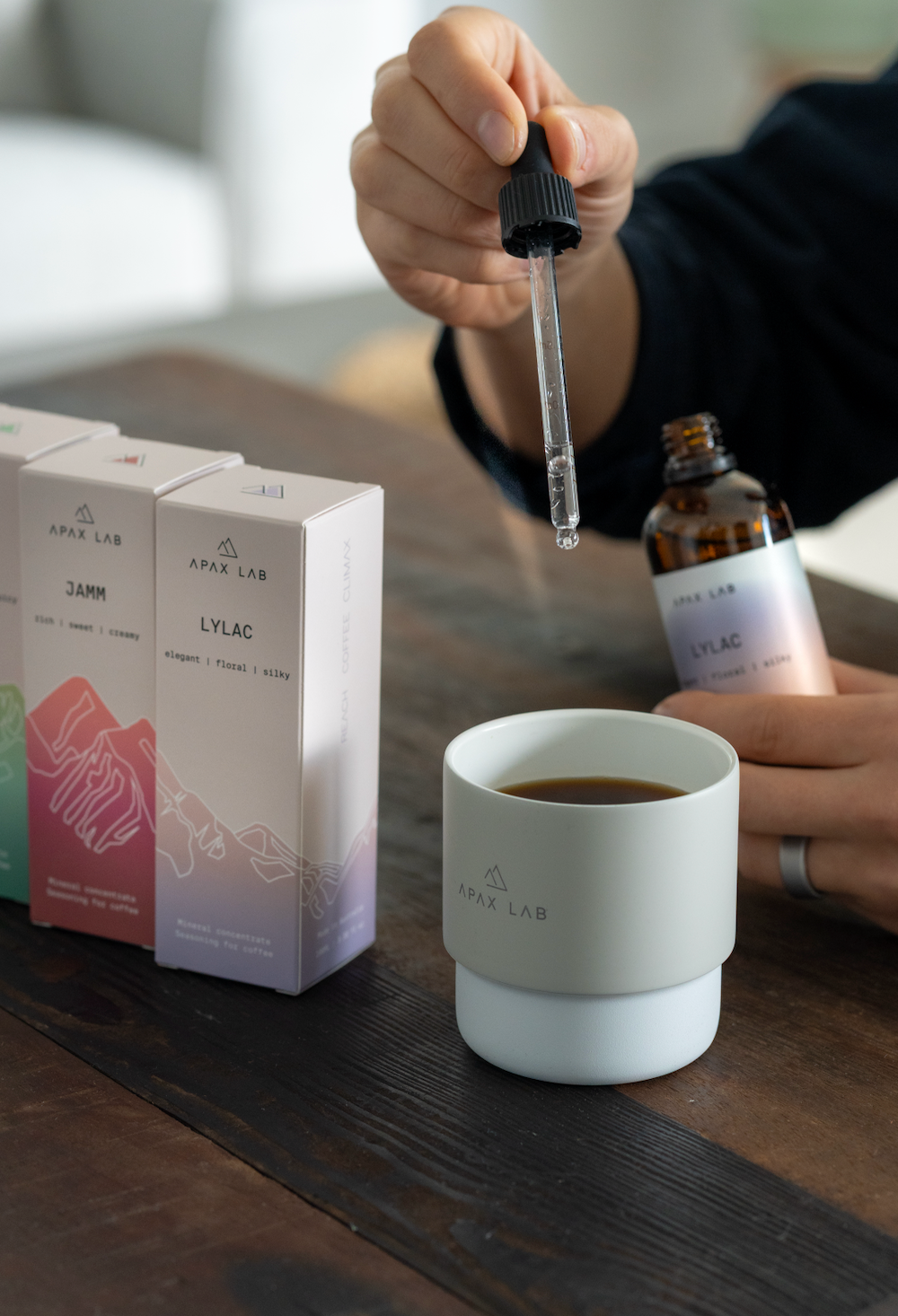Uncovering the exact composition of the water you consume on a daily basis can be a complex, if not an entirely impossible task. Some of the dissolved substances that find their way into your drinking water could be beneficial, enhancing the flavour of your coffee, while others could have less desirable effects, potentially compromising your health or distorting the taste of your beverages.
To achieve a level of predictability and consistency in your water quality, we would highly recommend the use of demineralised water as your starting point. This type of water allows you to exert control over its content and offers a blank canvas, so to speak, for you to better understand and experiment with the way different minerals can influence and interact with various flavours.
Several kinds of water are devoid of minerals and can be used for this purpose. In this piece, we will delve into the differences between distilled water, demineralised water, and purified water, providing a detailed comparison to help you make an informed decision.
1. Distilled Water:
- Process: The process of distillation entails the boiling of water to generate steam. This steam is then condensed back into a liquid form, leaving behind most impurities and minerals that were originally present in the water.
- Purity: Distilled water is highly pure, as the distillation process is quite efficient in removing most contaminants and minerals.
2. Demineralised Water:
- Process: Demineralised water, also known as deionised water, is manufactured by passing the water through ion exchange resins. These resins effectively remove mineral ions such as calcium, magnesium, sodium, and chloride.
- Purity: While demineralised water is devoid of minerals, it may still contain some organic impurities or microbes that were not removed during the deionising process.
3. Purified Water:
- Process: The process of purification can involve a variety of methods like filtration, reverse osmosis, UV treatment, or a combination of these, all aimed at removing contaminants and impurities from the water.
- Purity: Purified water is generally very pure, but the exact degree of purity would depend on the methods used for purification and the initial quality of the water being purified.
Given that distilled water, demineralised water, and purified water all have a total dissolved solids (TDS) level of 0 parts per million (ppm), which means they have no detectable minerals or impurities, their taste should be nearly identical. At a TDS level of 0 ppm, the water is essentially devoid of any dissolved substances that could influence its flavour, rendering it almost indistinguishable to the tongue.
However, obtaining commercially available food-grade distilled water can pose a challenge in certain countries. Moreover, the concept of purchasing bottled water may not sit well with everyone, particularly considering the energy waste associated with the distillation process and the environmental impact of excessive packaging.
If you're interested in preparing your own demineralised water, you might want to consider investing in a home filtration system. The Zero Water jug, for instance, is a five-stage filtration system that is ideally suited for home use. For those operating a café, a reverse osmosis system could be a more fitting choice, given its capacity to handle larger volumes of water.
If you find yourself without access to a demineralisation system and purified or distilled water is not readily available where you live, I would suggest using soft water as a base for your beverages. Ideally, you should aim for water with a TDS level of under 30 ppm.






